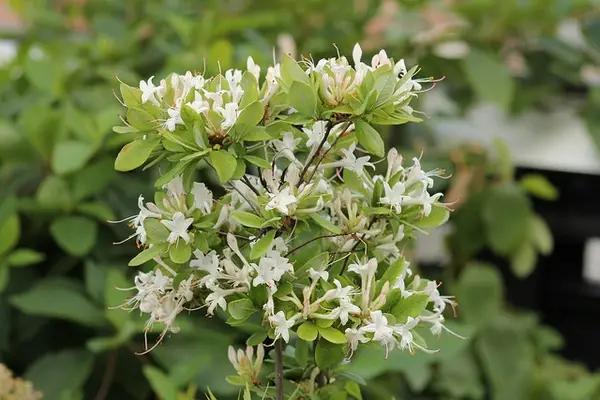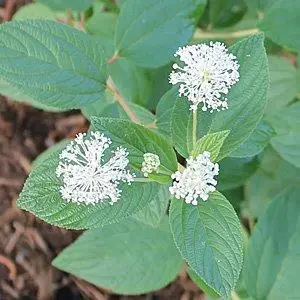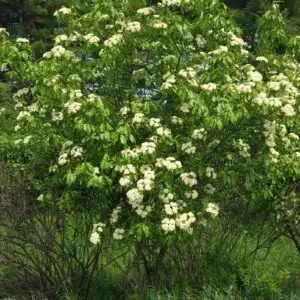| Size | Trade Gallons, Two Gallons, Three Gallons |
|---|
Rhododendron viscosum – Swamp Azalea (B&B.EVR.FRG.H.HMR.M.NB.OP.RR.SHWY)
$40.00
Ecosystem Services:
(B)-Birds (B&B)-Birds & Butterflies
(BTF)-Butterflies (BW)-Black Walnut Resistant
(DR)-Deer Resistant (DRGHT)-Drought Resistant
(EC)-Erosion Control (EVR)-Evergreen
(FC)-Fall Color (FRG)-Fragrant
(GRD)-Groundcover (H)-Host plant
(HMR)-Hummingbirds (M)-Mammals
(MTH)-Moths (N)-Nectar
(NB)-Native Bees (NST)-Nesting Material
(OP)-Other pollinators (RR)-Rabbit Resistant
(SHWY)-Showy (SPC)-Specimen Plant
The swamp azalea is a woody, broadleaf evergreen or deciduous shrub in the Ericaceae (blueberry) family and is native to the southern and eastern United states.
Its common name rightfully infers a tolerance for damp, moist environments but it requires enough drainage to avoid roots in constant standing water. The swamp azalea likes part shade and can tolerate some sun. Avoid afternoon sun which can scorch the leaves.
This shrub has very fragrant, sticky, white flowers that bloom from May to July and attract hummingbirds, bees, and other pollinators.
It can be planted in naturalized landscapes with careful attention paid to its growing requirements. It grows 2 feet to 8 feet tall and about as wide. It is a spreading shrub. Use it as a specimen in a native garden or an understory shrub in woodland planting.
All parts of the Rhododendron genus contain the poisons Andromedotoxin, Grayantoxin.
As a host plant, Rhododendron flammeum can be a food source or a place where certain insects lay their eggs or develop. It hosts the Rhododendron borer moth (Synanthedon rhododendri) as well as the Azalea caterpillar (Datana major).
Members of the genus Rhododendron support the following specialized bee: Andrena (Andrena) cornelli, and bumble bees.
Only logged in customers who have purchased this product may leave a review.






Reviews
There are no reviews yet.